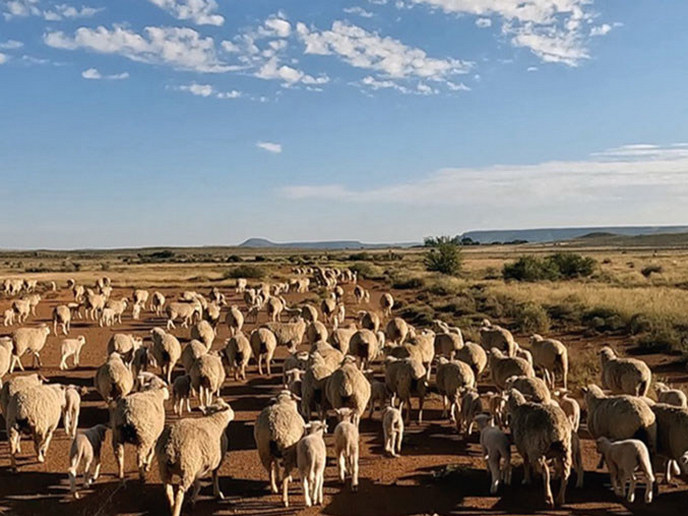Unravelling the threads of wool production between local lives and global market
Wool is both one of humanity’s oldest textiles and a surprisingly modern global commodity. From luxury suits to technical fabrics, it travels through vast industrial systems that scour, spin, dye and trade millions of kilos each year. Yet, despite this industrial scale, wool remains deeply rooted in local landscapes. Each fleece carries the imprint of the grasslands, climates and communities where it was grown. This paradox – a highly industrialised product that cannot be separated from its ecological origins – is at the heart of the EU-funded WOOL project coordinated by Aarhus University (Denmark) under the Marie Skłodowska-Curie Actions(opens in new window) programme. Led by Dr Annika Capelán(opens in new window), the project explores how local environments and livelihoods shape the global wool industry – and how those global forces, in turn, reshape the places where sheep live and graze.
Filming wool’s worlds
Rather than relying on conventional fieldwork, Capelán used collaborative filmmaking to explore the lives behind wool. The project worked with sheep farmers, indigenous groups, shearers, laboratory technicians and industry representatives from Australia, Patagonia, Lesotho and South Africa. Participants were invited to share their story and practices but also to film, comment on and respond to each other’s daily practices, striving to create a moving conversation across continents. “Filmmaking in this project isn’t just a packaging device, it’s part of the research itself,” says Capelán. “I start from the simple fact that all inquiry is collaborative: people, sheep, landscapes, weather and tools all shape what can be known.” By showing footage from different regions, people could compare, question and even challenge each other’s versions of what wool means. The result is a layered portrait of a material that is anything but generic. A fleece from the Patagonian steppe, the Karoo drylands or the Lesotho highlands is not just fibre, it’s the product of soil, water, breed, parasites and human care. For the industrial systems wool is a standardised commodity, and while this is an important aspect of its beauty and quality as an organic textile material, it is also of value to acknowledge that every strand still carries traces of its landscape.
Place, power and responsibility
The project also engages with the wool industry’s colonial history. European settlement spread sheep across the southern continents, displacing indigenous peoples and reshaping ecosystems. Many of the standards and market structures still in place today – such as grading systems and auction indices – have roots in those imperial networks. By revisiting these histories, WOOL shows how global trade continues to depend on the knowledge, risk and labour of rural communities. “Sustainability in wool cannot be generic,” explains Capelán. “Environmental impact depends on specific grazing ecologies – biodiversity, soil carbon, water stress, parasite loads. Treating wool as placeless obscures these differences.”
Rethinking global supply chains
Beyond the world of wool, the project offers insights for other industries built on natural materials. It suggests that supply chains should be seen as relationships rather than pipelines – systems that depend on soil, water, climate and human skill. True traceability, Capelán argues, is less about labelling and more about understanding how natural materials carry the imprint of their origins. By combining anthropology, ecology and art, WOOL brings to light the entangled worlds behind a seemingly simple fibre and reminds us that every thread tells a story of place, history and personal investment.







